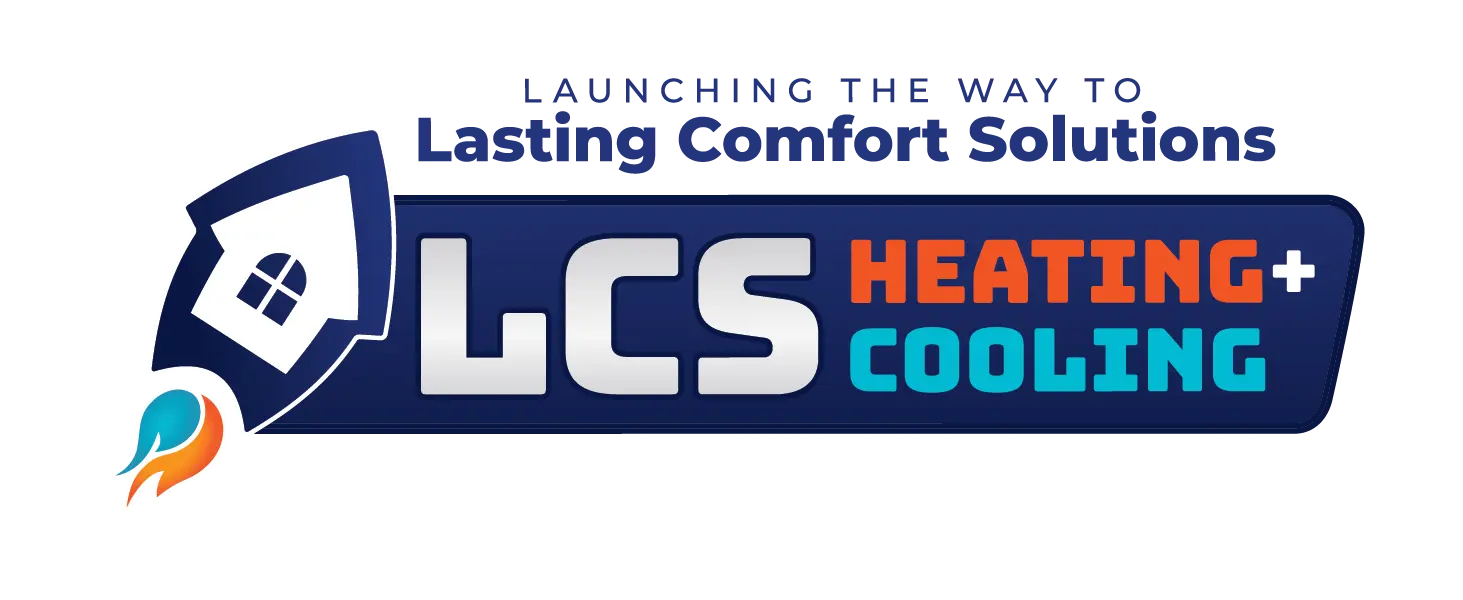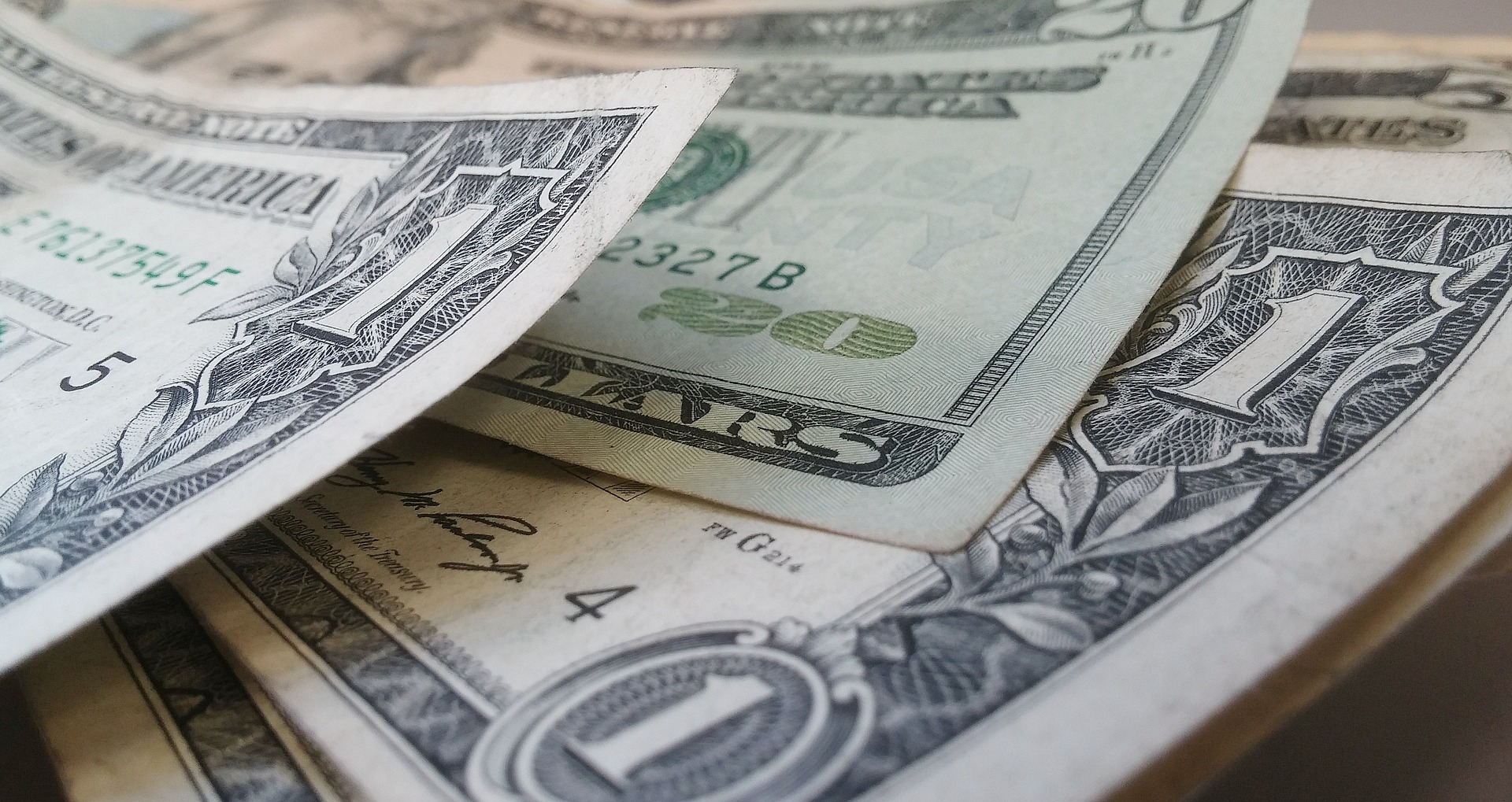The ENERGY STAR label is pretty recognizable, but that blue and white logo is more than just a pretty sticker. It’s proof from the EPA that a product is in the top tier for efficiency. And that means big savings on running your home appliances.
The label’s real goal is to help consumers identify energy-efficient products. Since the program’s inception in 1992, ENERGY STAR has helped people save an estimated $430 billion on their utility bills. But do you know what those savings actually mean for your own annual expenses?
About the Ratings
As a general rule, the ENERGY STAR label is awarded to the top quarter of products on the market. Put another way— an air conditioning unit that qualifies for the ENERGY STAR certification typically ranks in the top 25% for energy efficiency. This classification helps tell consumers which products might have a better long-term value.
You see, it’s not just about the upfront costs on major home appliances. You also have to consider how much it will cost to run the equipment every day and every year. In that sense, ENERSY STAR appliances are a lot like cars with low gas mileage. Two vehicles might cost the same on paper, but the one that can get 5 or even 7 more miles to the gallon might be a better option because it’s less expensive to run. Saving on energy costs is always better for your bottom line.
Savings with ENERGY STAR Appliances
The latest technology makes a big difference with efficiency. Check the numbers and it’s easy to see—opting for ENERGY STAR appliances is a great way to lower your utility bill every season.
Laundry Machines and Dishwashers
New “smart” features allow your machines to use less energy (and less water) when cleaning your clothes and dishes. And you still get a good clean! Laundry machines that qualify for the ENERGY STAR label require 40 to 50% less energy, and dishwashers work with 41% less energy (compared to the federal minimum standards).
Refrigerators and Freezers
Better insulation and more accurate temperature readings make these ENERGY STAR products big winners. Qualified refrigerators use at least 15% less energy, and qualified freezers use at least 10% less energy than what the current federal standards require.
Heating and Cooling
Roughly 50% of your home’s total energy costs are spent on heating and cooling. Choosing high-efficiency models can help knock down the total on your utility bills and give you some pretty noticeable savings month-to-month. ENERGY STAR air conditioners, for example, are typically 15% more efficient than other standard units.
Smart Thermostats
Pre-programed settings and WiFi features help keep your home comfortable and energy-efficient 24/7. Although the ENERGY STAR specification for programmable thermostats is no longer active, installing a “smart” thermostat is easily one of the best home upgrades you can make. Homeowners can save an estimated $180 every year on their energy costs just by making the switch to a newer model.
More Ways to Save
Your ENERGY STAR appliances aren’t just helping your lower your utility bills—they can also give you credit on your taxes. Whether you’ve upgraded some windows or doors in your home, or just swapped out your dishwasher for a newer, more efficient model, be sure to claim those credits on your taxes.
ENERGY STAR qualified central air conditioning units can give you a $300 tax credit, and the same goes for high-efficiency heat pumps. Qualified gas furnaces will get you a $150 tax credit. Check out this overview on 2016 benefits for more information. It’s another great perk of efficient equipment!
And remember: The high-efficiency ratings on your HVAC equipment heavily rely on annual maintenance. Wiring and electrical parts need to be regularly tested to make sure they’re running at peak efficiency. If you haven’t already scheduled your spring system tune-up, be sure to give LCS a call at (317) 238-3961. Our team would be happy to help you out!
March 31, 2017
Tax Credits Are Back for High Efficient HVAC Equipment!
It seems that the fiscal cliff news had the attention of most Americans. Did you know that as part of the American Taxpayer Relief Act of 2012, which was signed in early January 2013, the Residential Energy Efficiency Tax Credits were retroactively reinstated? To say that simply, the federal tax credits that expired at the end of 2011 are back! The tax credits are available for energy efficient improvements made to your home between January 1, 2012 through December 31, 2013. What exactly does this mean for you? What qualifies as high efficient? How much are the tax credits? How do you claim the tax credit? It's time to dish the details!
What does this mean for you? If you purchased certain high efficient equipment or made high efficient improvements in 2012 or plan to make a high efficient purchase in 2013, you may be eligible for this federal tax credit. Improvements include the installation of high efficient furnaces, air conditioners, and heat pumps. Other eligible improvements include high efficient water heaters, windows, doors, insulation, and some roofing materials.
What qualifies as high efficient? Qualifying equipment includes 95% or higher efficient gas furnaces, split system air conditioners that achieve 16 SEER and 13 EER, split system electric heat pumps that achieve 15 SEER, 12.5 EER and 8.5 HSPF and advanced main air circulating fan (found in gas, propane, or oil furnaces) that use no more than 2% of the total energy usage of the furnace. Your heating and cooling company will provide you with an AHRI certificate which certifies that the new equipment meets these specifications.
How much are the tax credits? The tax credit is $150 for qualifying furnaces, $300 for qualifying air conditioners, $300 for qualifying heat pumps, and $50 for qualifying fans. The total amount of the tax credit is capped at $500. If the tax credit was taken in the amount of $500 in a previous year, you can't take it again.
How can I claim the tax credit? The tax credit is claimed on your 2012 or 2013 taxes, depending on the year the improvement was made. It's always best to consult with your accountant to properly claim the credits. Since the tax credits are retroactive and available to be claimed on 2012 tax returns, the IRS is having to update their system. Therefore, if you're claiming the tax credit, you may not be able to file your taxes before the end of February.
If you are considering new HVAC equipment, now is the time to consider high efficient. In addition to the federal tax credits, most utility companies are still offering rebates for high efficient equipment as well. Also take into consideration the energy savings over the years and it really adds up! Feel free to contact Renee at 317.430.1716 or renee@LCSheatingandcooling.com if you have questions or would like to discuss.

